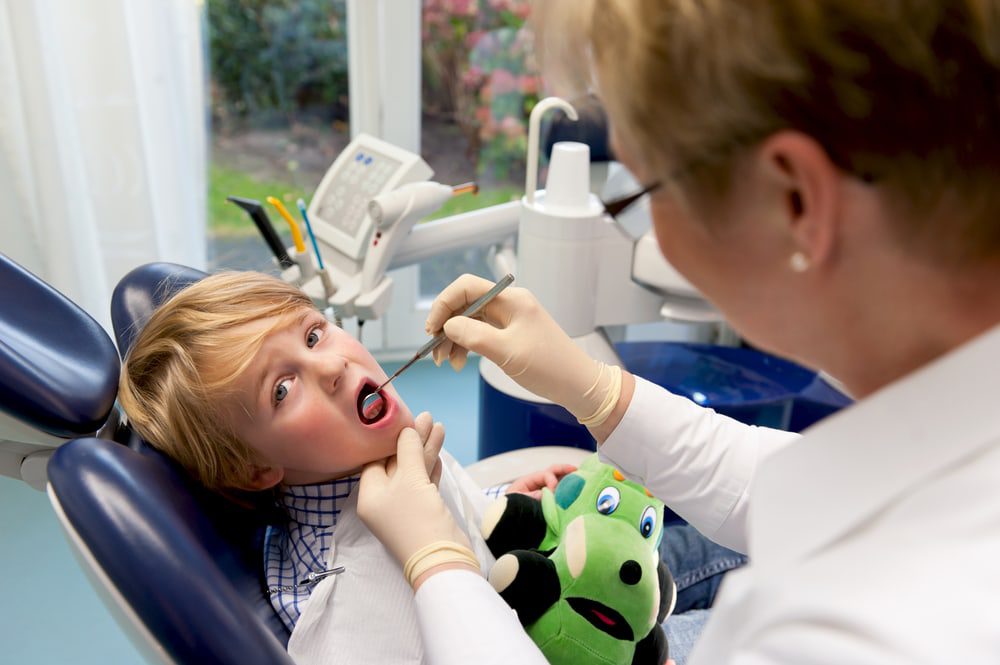Here at Children’s Dental FunZone your child is important to us. We are able to provide multiple avenues of care for your child. One option is the use of Intravenous (IV) Sedation. IV sedation is a form of anesthesia where a sedative medication is dispensed through the bloodstream during a patient’s treatment.
Children’s Dental FunZone offers this as a service in-office, to calm anxiety and alleviate any discomfort. We have a team of Anesthesiologists who create a safe and sterile environment to ensure the best quality of care. However, it’s important that parents/guardians are fully educated regarding treatment with anesthesia, the cost, what to expect, and how to prepare. Check out our article on dental sedation in pediatric dentistry to find out more. Click here to download an information sheet about what to expect with dental treatment using IV sedation.
Forms
Here are forms relating to sedation. Our staff may ask you to download one or more of these in advance of your child’s appointment.
English
Español
More Information
Our Financial Coordinators are available to help Parents/Guardians decide if IV sedation is a good option for their child. Below are common questions about IV Sedation. Our coordinators would be glad to discuss these further or help answer any other questions that you may have.

